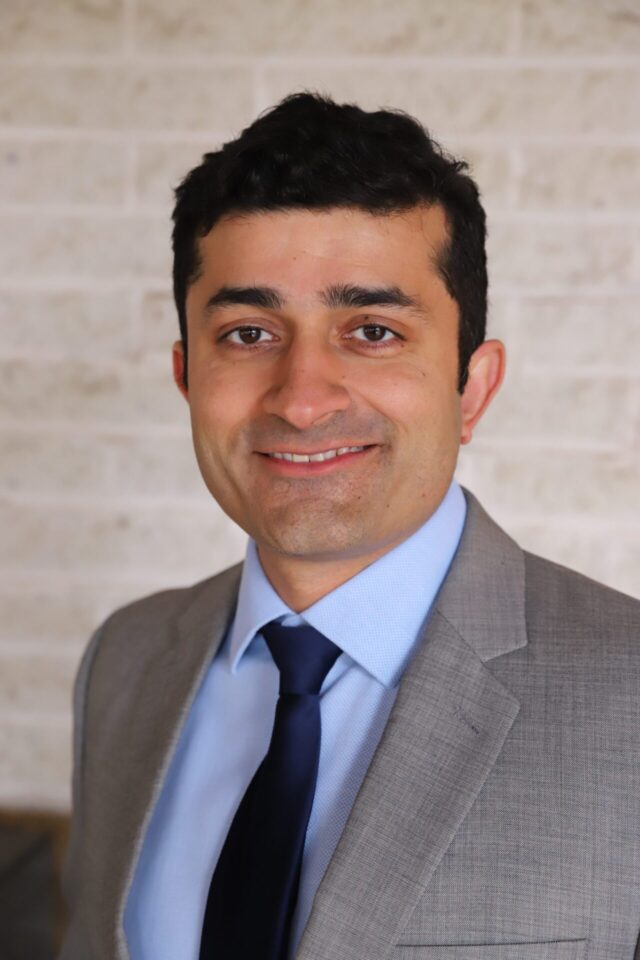
McLean Neuropsychiatric Treatment Center
6849 Old Dominion Drive
Suite 340
McLean, VA 22101

More Mental Health Articles
Offering New Hope For Treatment Of Depression

Anybody who has battled depression can attest: Depression is painful, and the pain is often hidden from view of others. Depression can have devastating consequences on one’s life, including withdrawal from the world, feelings of loneliness and isolation, loss of enjoyment and motivation, disrupted sleep and appetite, pervasively negative mood, and a sense of hopelessness and worthlessness. Some people with depression wonder whether life is worth living, and some tragically end up acting on suicidal thoughts.
The good news is that depression is eminently treatable. Talk therapy can be very effective for some people, as can a whole variety of antidepressant medications. These treatments should generally be tried first. However, a substantial percentage of people with depression simply do not respond to these first-line treatments. Fortunately, for such people, transcranial magnetic stimulation (TMS), esketamine treatments, or electroconvulsive therapy (ECT) can offer substantial relief.
TMS is a noninvasive brain stimulation therapy FDA cleared for treatment of depression. A TMS machine delivers magnetic pulses to the left frontal part of the brain, which contains regions that are often underactive in patients with depression. The resulting activation of these regions results in clinical improvement of depression. Up to 40-60% of patients with depression have a positive response to TMS, with 30-40% of patients showing complete remission of symptoms. TMS is generally well tolerated, with most common side effects being a mild headache that resolves with Tylenol.
Esketamine, or Spravato, is another novel treatment recently FDA-approved for depression. Esketamine is a nasal spray derived from the anesthetic medication, ketamine, and works by modulating receptors of the neurotransmitter, glutamate, in the brain, although the mechanisms of its antidepressant effects are not yet fully determined. While traditional oral antidepressant therapy may take weeks to demonstrate full therapeutic effects, esketamine has been reported to show antidepressant effects as early as 24 hours. The most common side effects of esketamine are sedation and disassociation, which generally wear off within 1-2 hours.
ECT is the gold-standard, often life-saving treatment for severe depression. ECT should be considered early in the treatment of severe depression, particularly when psychotic features, severe suicidality, catatonia, or severely diminished food and water intake are present. ECT involves the delivery of a brief electrical stimulus to the brain to induce a brief, controlled, and closely monitored seizure, which brings about changes in brain activity leading to clinical improvement. The patient is under anesthesia and complete muscle relaxation during the treatment. ECT has much higher response rate than antidepressants; approximately 80% of patients treated with ECT see symptom relief, usually much sooner and more definitively compared to medication therapy. Some patients can have mild memory side effects, which can be minimized with modern modifications to ECT technique.
There is always hope for relief from depression, even when your brain tells you otherwise. If you suffer from depression and have not improved with psychotherapy or medications alone, consider the above options.
Other Articles You May Find of Interest...
- Women’s Mental Health
- Integral Eye Movement Therapy and Relationships
- Overcoming Anxiety: Psychological Strategies That Work
- Mental Health and Wellness: Tips for Maintaining a Balanced Life
- Ten Acts That Can Surprisingly Improve Your Mental Health
- The Future Of Mental Health: Tech Trends To Watch
- How to Create a Supportive Home Environment for Depression

















